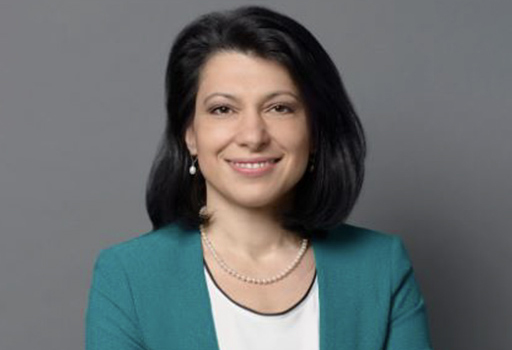According to the Association for Financial Professionals’ strategic role of treasury survey report 2020, organizations are now placing greater emphasis on forecasting than at any time over the last three years.
While accuracy levels for one-month forecasts should be high as they are based largely on known transactions, a three-month forecast may see cash flows land in different periods, projects delayed or changes in customer consumption.
A treasurer might not expect the same level of accuracy in forecasting, but key judgements need to be right, or it must be clear how they need to change.
Access intelligence that drives action
To unlock this research, enter your email to log in or enquire about access





